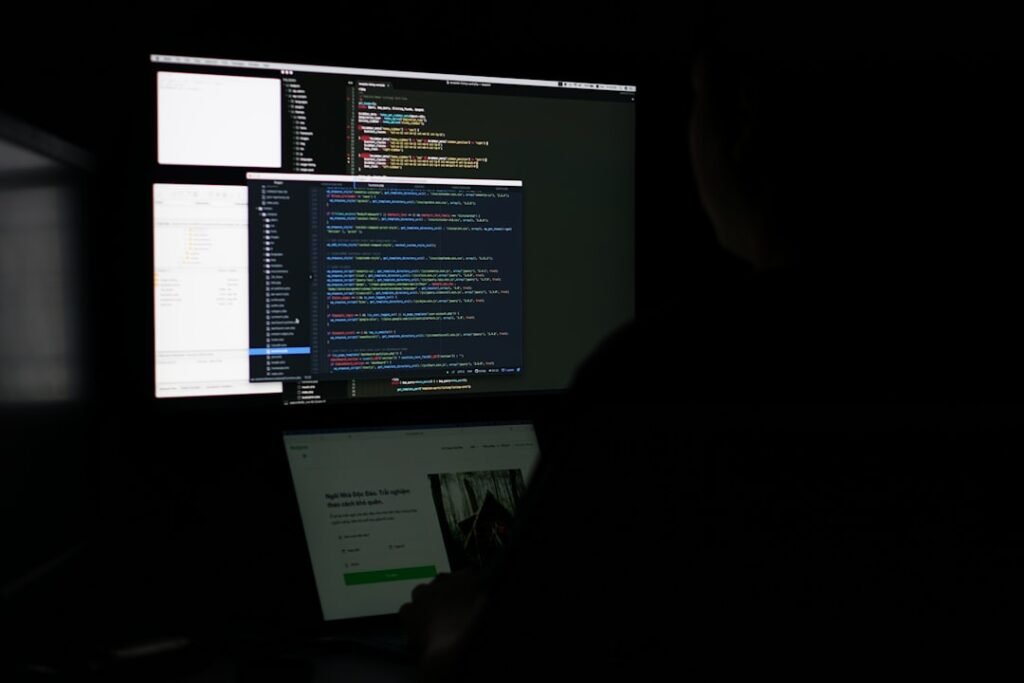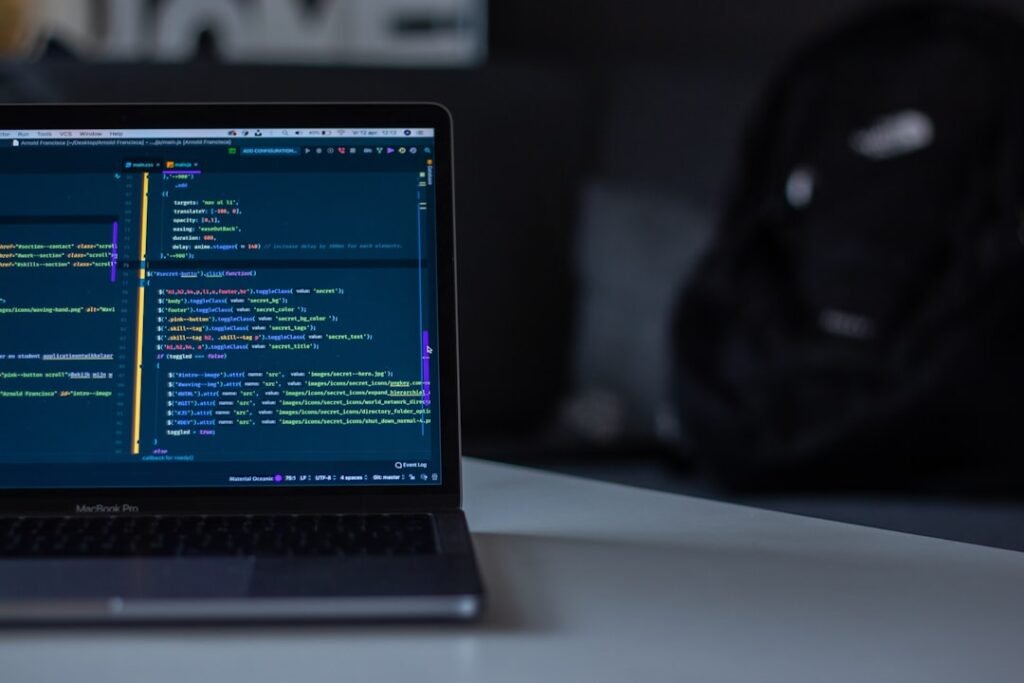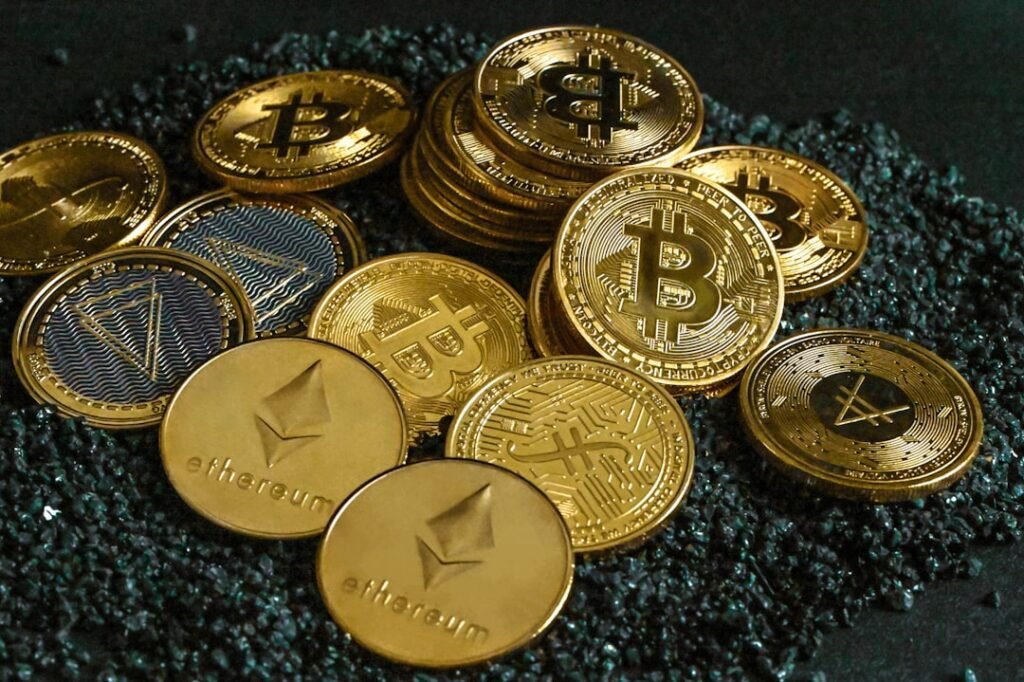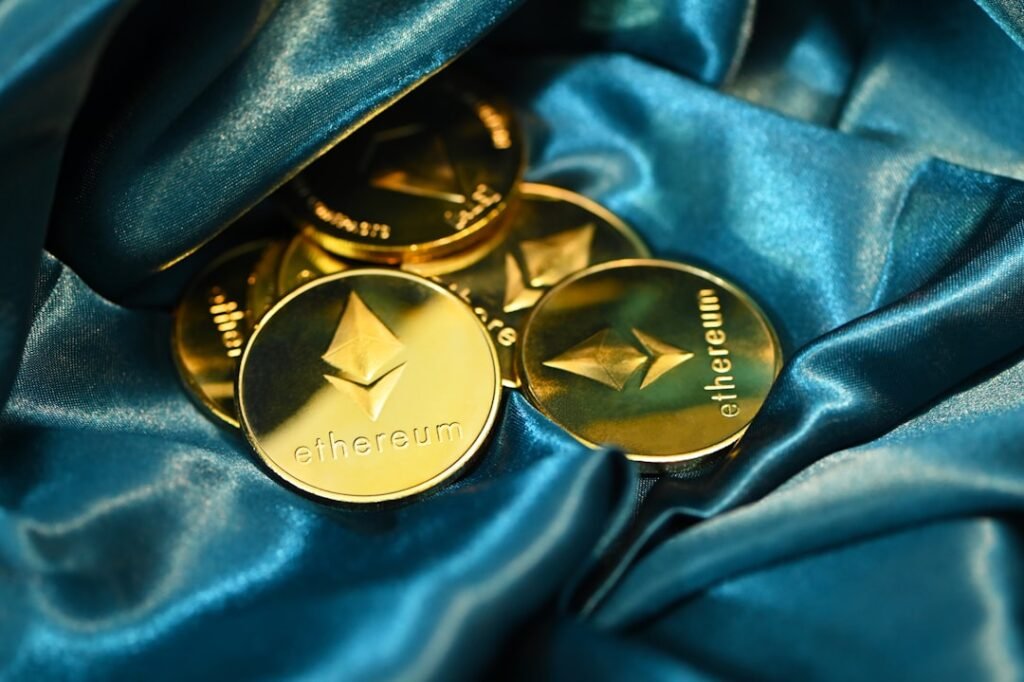Decentralized Applications (dApps): The Future of Digital Interactions
What Exactly Are Decentralized Applications?
Decentralized applications (dApps) represent a groundbreaking shift in software architecture. Unlike traditional apps controlled by centralized entities like Google or Meta, dApps operate on blockchain networks or peer-to-peer (P2P) systems. This means no single company, government, or authority governs their functionality. Instead, control is distributed across thousands of network participants.
Built primarily on platforms like Ethereum, dApps leverage 스마트 컨트랙트—self-executing code that automates transactions when predefined conditions are met. This eliminates intermediaries, whether banks, social media moderators, or payment processors.
How dApps Work: The Engine Under the Hood
The revolutionary power of dApps stems from five core components:
-
Blockchain Infrastructure:
Acts as a tamper-proof public ledger where all transactions are recorded across thousands of nodes. No single entity can alter historical data. -
스마트 계약:
Automated agreements written in code (e.g., "Release payment when delivery is confirmed"). They execute without human intervention, removing trust barriers. -
Cryptographic Security:
Every transaction is encrypted and validated by network consensus, making hacks economically impractical. -
Distributed Consensus:
Mechanisms like Proof-of-Work or Proof-of-Stake ensure all nodes agree on transaction validity. -
Autonomy:
Once deployed, dApps self-manage. No CEO can alter rules; changes require broad network consensus.
dApps vs. Traditional Apps: A Radical Comparison
| Centralized Apps (e.g., Facebook, Uber) | Decentralized Apps (dApps) |
|---|---|
| Single entity controls servers and data | Data distributed across a blockchain/P2P network |
| User data monetized by corporations | Users retain ownership of their data |
| Vulnerable to censorship/shutdowns | Censorship-resistant; no kill switch |
| Profits flow to shareholders | Value often redistributed via tokens to users |
| Updates deployed unilaterally | Changes require community consensus |
Why dApps Are Disrupting Industries
✅ 장점
- Unbreakable Security:
With no central server to target, hacking becomes exponentially harder. A 51% attack on major blockchains like Bitcoin would cost billions. - True Ownership:
In dApp-based games like Axie Infinity, players actually own in-game assets as NFTs—not the developer. - Censorship Resistance:
Apps like Minds (a social media dApp) let users speak freely without fear of deplatforming. - 투명성:
Open-source code allows anyone to audit functionality—no hidden backdoors. - Cost Efficiency:
DeFi dApps like Uniswap enable trading with near-zero fees by cutting out brokers.
⚠️ Challenges
- Scalability Struggles:
Ethereum processes ~15 transactions/second versus Visa’s 65,000, causing congestion during peak usage. - User Experience Gaps:
Setting up crypto wallets and managing private keys remains daunting for non-technical users. - Upgrade Complexity:
Patching a bug requires consensus across thousands of nodes—a stark contrast to App Store updates. - Regulatory Gray Zones:
Can a decentralized exchange comply with EU’s GDPR or financial laws? Jurisdictional ambiguity persists.
Real-World Use Cases Changing Lives
-
탈중앙화 금융(디파이):
Platforms like Aave let users lend/borrow crypto globally without banks—locking over $55B in value. -
Gaming Revolution:
In Decentraland, players buy virtual land (as NFTs) and monetize experiences—some plots sold for $2.4M. -
Supply Chain Integrity:
VeChain tracks luxury goods on blockchain, proving authenticity and ethical sourcing. -
Social Media 3.0:
Steemit rewards content creators with crypto, not just "likes," redistricting platform revenue. -
Identity Sovereignty:
Projects like SelfKey allow users to control digital IDs, reducing reliance on centralized databases.
Navigating the Risks: Scams and Security
While dApps enhance security, they’re not immune to exploitation:
- 2022: $48B lost to dApp hacks (DappRadar)
- 2023: $1.9B stolen—though down 96%, attack frequency rose 17.3%
- Common Threats:
- Ponzi Schemes: "High-yield" dApps paying early users with new deposits.
- Fake ICOs: Fraudulent token sales for non-existent projects.
- Phishing: Malicious sites mimicking Uniswap to steal wallet keys.
Regulatory Evolution: Who Controls the Uncontrollable?
Regulators face unprecedented challenges:
- GDPR Dilemma: How can immutable blockchains comply with "right to be forgotten" laws?
- DeFi Regulation: Should decentralized exchanges enforce KYC? Jurisdictional battles loom.
- Innovative Solutions:
The EU’s Internet Computer Protocol (ICP) subnet shows early attempts to reconcile decentralization with compliance.
The Road Ahead: Opportunities and Predictions
Despite hurdles, dApp adoption is accelerating:
- Enterprise Integration: Walmart uses blockchain dApps to trace food supply chains.
- 레이어 2 솔루션: Protocols like Polygon boost Ethereum’s speed 100x, easing scalability.
- Mainstream UX Improvements:
Wallet providers like MetaMask are simplifying interfaces to attract non-crypto natives.
Conclusion: The Inevitable Shift to Decentralization
dApps aren’t just a tech trend—they’re rewiring digital trust. By returning data ownership to users, slashing intermediary rents, and enabling uncensorable innovation, they challenge the very foundations of Web 2.0. While scalability and regulation remain headwinds, the trajectory is clear: the future of applications is decentralized, transparent, and user-empowered.
The question isn’t 만약 dApps will dominate sectors like finance or social media—it’s when. As infrastructure matures and regulators adapt, the 2030s may well be the "Decentralized Decade."












